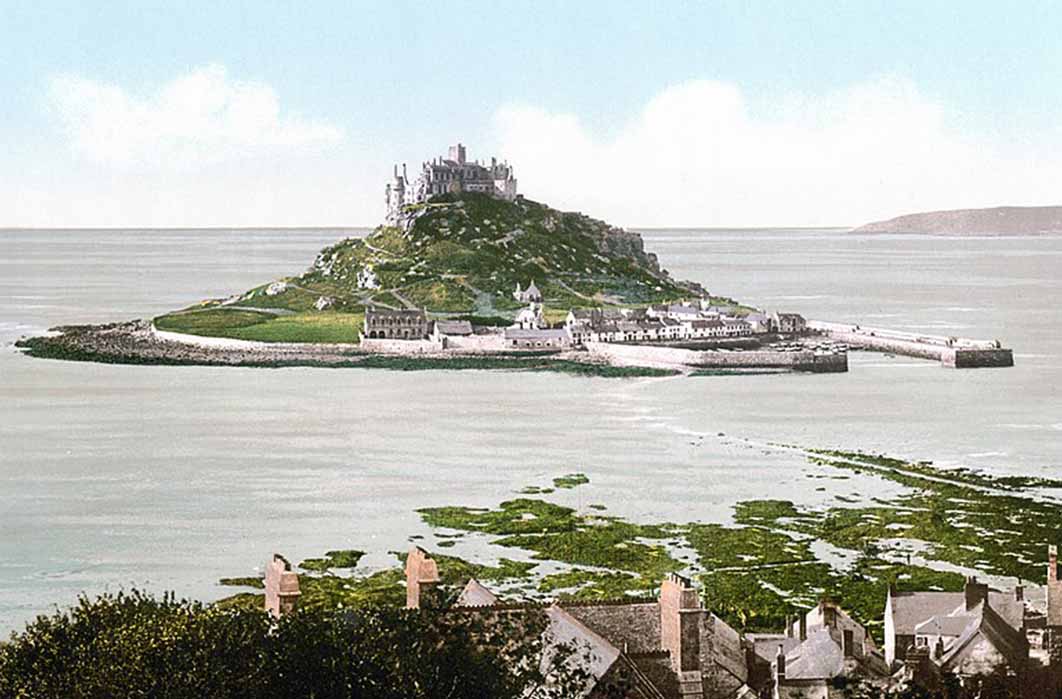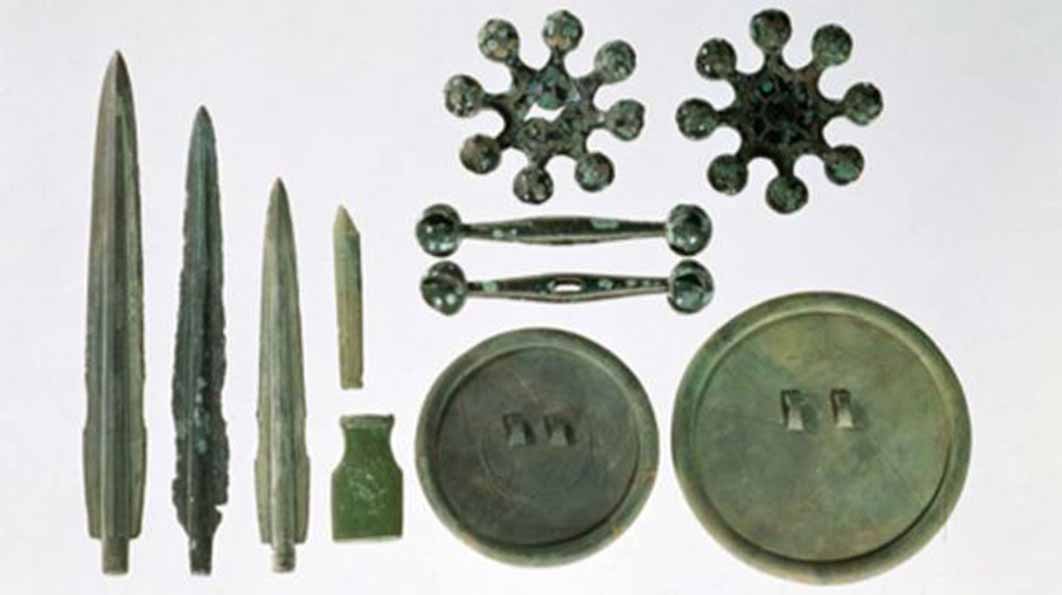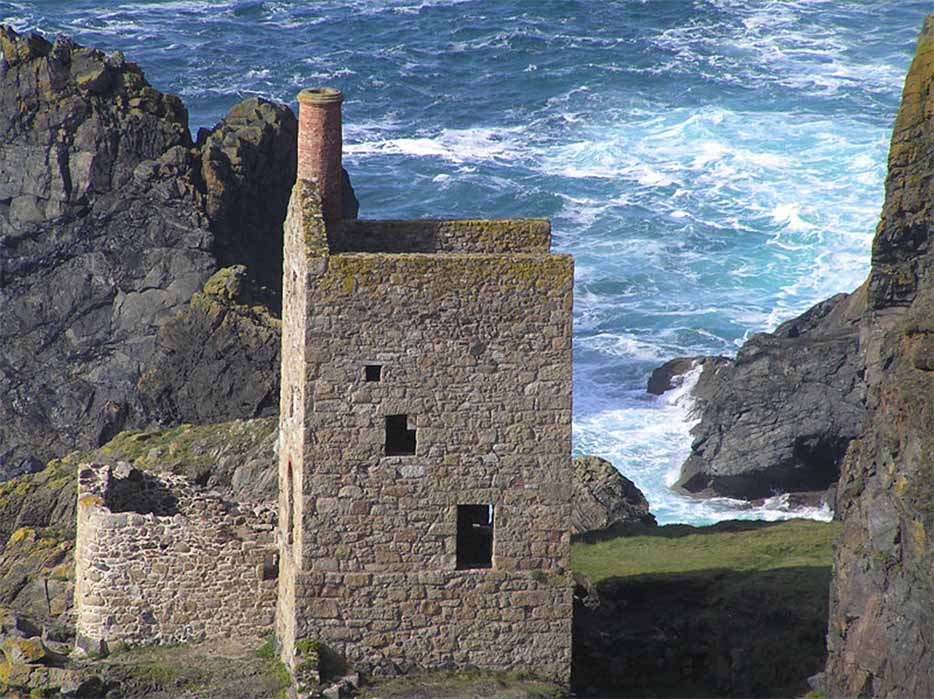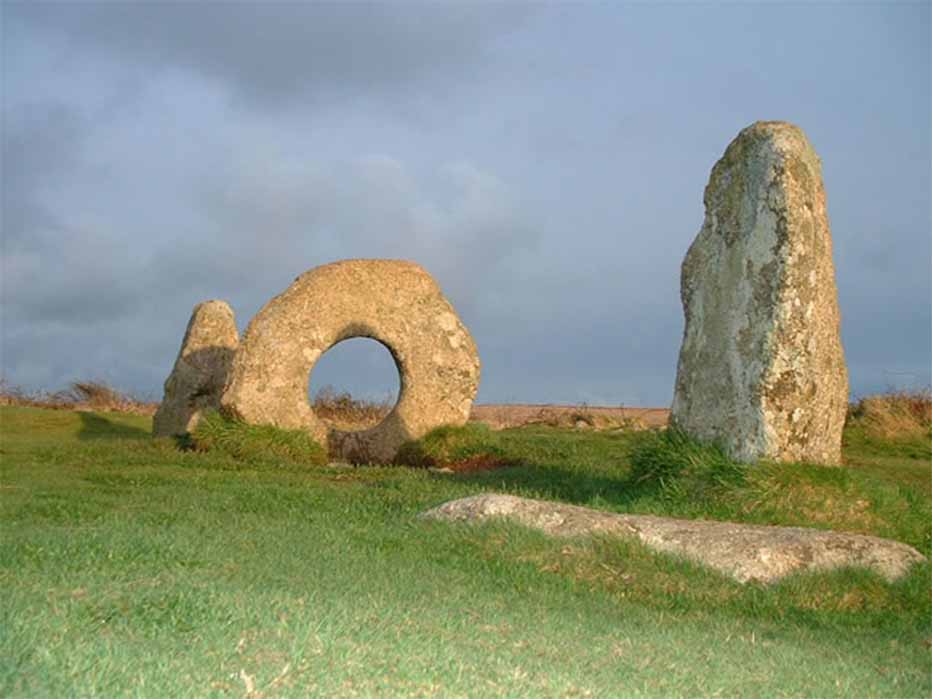
Channel Island Hopping In Search of Illusive Ictis
Saint Brendan’s Isle, Hy-Brasil and the Isle of Avalon are three of the many fabled islands that were once believed to have existed off the coastline of Britain. These were traditionally difficult islands to find, not only because they were all shrouded in mist, but more so because they represent imaginary archetypes of mythology. There was, however, one island that was recorded by ancient Greek navigators that definitely existed, yet its identity has evaded detection for over 2,000 years - the lost island of Ictis, one of the ancient world’s richest sources of tin.

Bronze age artifacts which tin was vital for production. ( Public Domain )
Ancient Tin Mining In Britain
Limited archaeological remains of tin mining coupled with the destruction of ancient mines by modern mining operations means archaeologists still debate the origins of tin mining in the earliest Bronze Age cultures of the Near East. However, a 2021-DNA study by the University of York, Harvard Medical School, and the University of Vienna revealed that the Bronze Age in Britain took off with a major population migration from continental Europe, bringing the skills of extracting and producing copper and gold – ancient metallurgy arrived in the British Isles. Around 2100 BC, tribes in Britain and Ireland became the first in Europe to make a complete change from producing copper tools and weapons to products made from the more durable bronze, consisting of 90 percent copper and about 10 percent tin. While in ancient times tin was extracted from rich alluvial deposits across Europe and Central Asia, nowhere held as much tin as St. Austell, Bodmin and West Cornwall in southern England.

The Cornwall and West Devon Mining Landscape is a World Heritage Site which includes select mining landscapes in the southwest of England (Public Domain)
Tin mining in Cornwall reached its height in the 19th century and reserves such as Caradon Hill, (the most productive mine in East Cornwall), Gwennap, St Day, Porthtowan and Kit Hill Country Park were all mined in prehistory. However, according to the Greek explorer Pytheas, who sailed around Britain circa 325 BC, the island of ‘insulam Mictim’ (Ictis) was heavily engaged in the tin trade, but today it has not yet been settled exactly which southern English Channel island was actually Ictis.
Ancient References to Ictis
While the original records of the voyage of Pytheas were lost in antiquity, later writers including Timaeus, Posidonius and the great polymath Pliny the Elder all wrote about Ictis as a center of ancient tin production. Pliny in his late 70’s AD Natural History Book XVI, verse 104 refers to the island Mictis as “the center of the British tin trade,” and he states that the island was located off the south coast of Britain some six days sail from Gaul. Writing about the same time as the voyage of Pytheas, a Greek geographer from Massalia, Diodorus Siculus, said of the working of Cornish tin: “The inhabitants of that part of Britain which is called Belerion are very fond of strangers and from their intercourse with foreign merchants are civilized in their manner of life. They prepare the tin, working very carefully the earth in which it is produced. The ground is rocky but it contains earthy veins, the produce of which is ground down, smelted and purified. They beat the metal into masses shaped like knuckle-bones and carry it off to a certain island off Britain called Iktis. During the ebb of the tide the intervening space is left dry and they carry over to the island the tin in abundance in their wagons ... Here then the merchants buy the tin from the natives and carry it over to Gaul, and after travelling overland for about thirty days, they finally bring their loads on horses to the mouth of the Rhone.

Mên-an-Tol ("The holed stone") is an Early Bronze Age monument near Madron, in the far west of Cornwall, which was built by ancient tin processors and traders. (Talskiddy/CC BY-SA 3.0)




